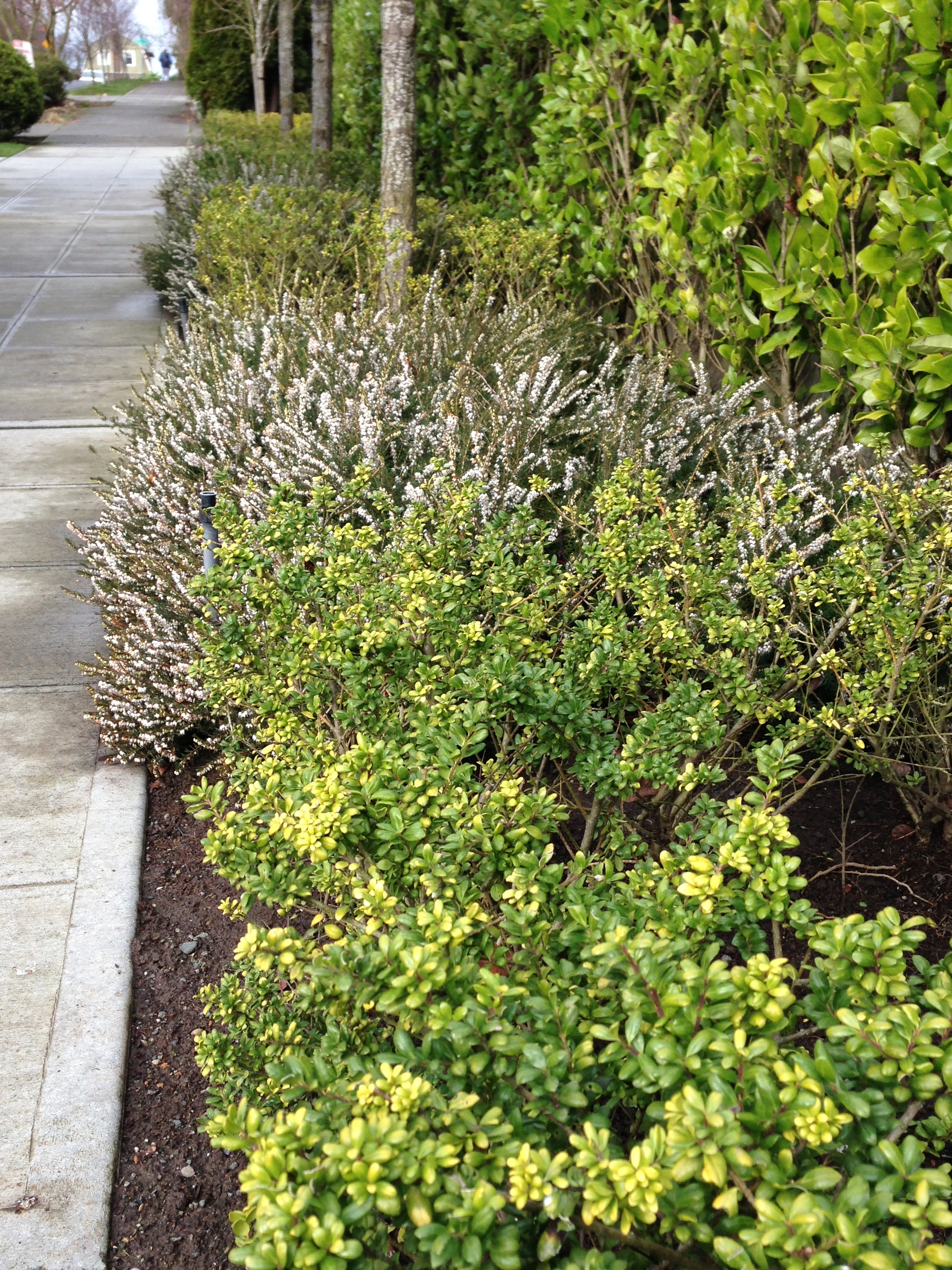Be soft in your practice. Think of the method as a fine silvery stream, not a raging waterfall. Follow the stream, have faith in its course. It will go on its own way, meandering here, trickling there. It will find the grooves, the cracks, the crevices. Just follow it. Never let it out of your sight. It will take you. - Sheng Yen, Chinese Buddhist Monk
Happy New Year! A few years ago I started a habit of taking time to establish my New Year’s resolution. I generally set the intention in early January to be open to inspiration and then settle on a specific resolution for the Lunar New Year. Adopting a fluid, rather than rigid, approach is often more helpful more me in the long run.
This year I tried something a little different. I actually did set my resolution at the beginning of January and have been revisiting as I waited for the Lunar New Year. In 2018 we've had an extra long time between the two beginnings. Lunar, or Chinese, New Year arrived last Friday, February 16th. Why does it change? Lunar New Year falls on the second day of the new moon between the 21st of January and the 20th of February.
I appreciated the space this gave me to engage with my intention and modify as needed. I started off with a commitment on January 1 to bring curiosity to my relationships. I explored this in my writing for the Riveter blog, and community quickly joined curiosity as a focus. I sat with these two ideas and another word came up for me - connection. The past eight weeks offered me time to explore these three concepts individually and collectively.
Curiosity - As a mother of a toddler, I find that I'm fairly starved for adult conversation. When I sit with this longing, it becomes clear that this often manifests as a desire for adult attention. I get the chance to interact with the outside world and I talk, alot. I'm trying to be aware of that and balance my need to tell stories with curiosity about others' lives. I want to engage in thoughtful ways with people I disagree with - in a manner than honors both of us. When alone, I hope to wean myself off of mindless downtime like watching favorite shows and listen to more podcasts that engage my brain. New Year's Intention #1 - ask questions and stimulate my brain.
Community - This winter I'm focused on how to hibernate and still build community, because winter can be a dark and lonely time of year. Between cold/flu, short days, and traffic/schedule challenges, it's hard to find time and energy to get out of the house and be with people. I'm working on small things, like meeting friends at a yoga class I'm already going to so we can practice together or get to know another parent at my son's school or take a writing class to remind myself that I'm not the only one passionate about this craft. New Year's Intention #2 - be in community.
Connection - Speaking of writing classes, I attended one on dialogue last weekend and was amazed at the life lesson hidden in the group exercise. We had to fill in half of a conversation for an assigned role. I was given a card with an instruction to write four lines of dialogue as a teenage daughter in an argument with her mother, without discussing it with the mother. Then I found the woman who wrote the mother lines and we engaged in the dialogue. As you might expect, since we wrote our sides of the fight separately, we talked past each other. The surprising aspect of this exercise was how true to life it felt. Even when we're right in a conversation with another person, we so often have our own agenda to get across and don't listen or respond very well to what the other is saying. New Year's Intention #3 - listen in order to connect.
Brené Brown summed up my thoughts for 2018 pretty perfectly in a recent interview with Krista Tippet. She speaks to loneliness stemming from "counterfeit connection" and "common enemy intimacy." We've lost our ability to connect and truly belong.
And so this first practice of true belonging is, “People are hard to hate close up. Move in.” When you are really struggling with someone, and it’s someone you’re supposed to hate because of ideology or belief, move in. Get curious. Get closer. Ask questions. Try to connect. Remind yourself of that spiritual belief of inextricable connection: How am I connected to you in a way that is bigger and more primal than our politics? Stay curious, be kind, and, listen with the exact same amount of passion that you want to be heard.





















